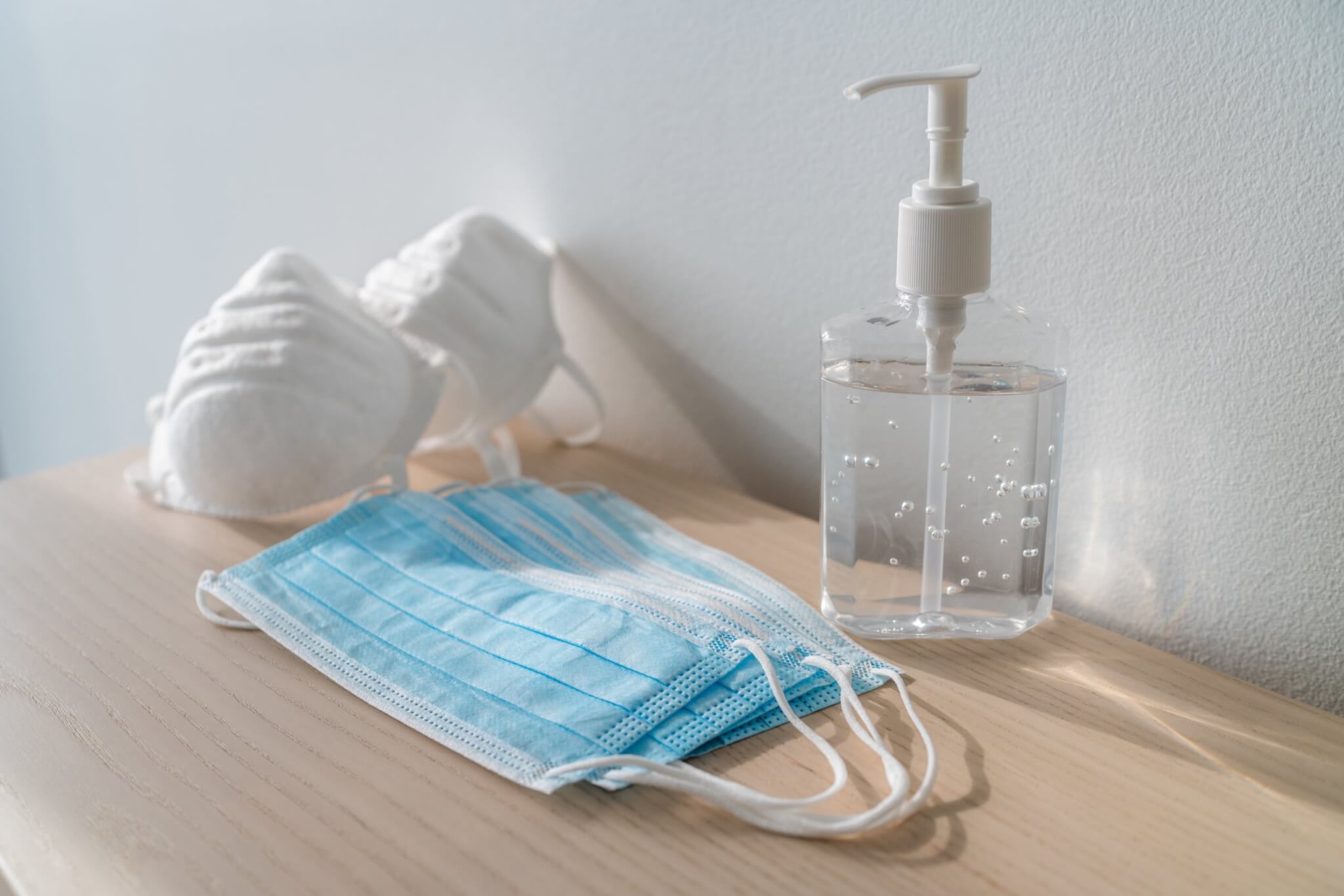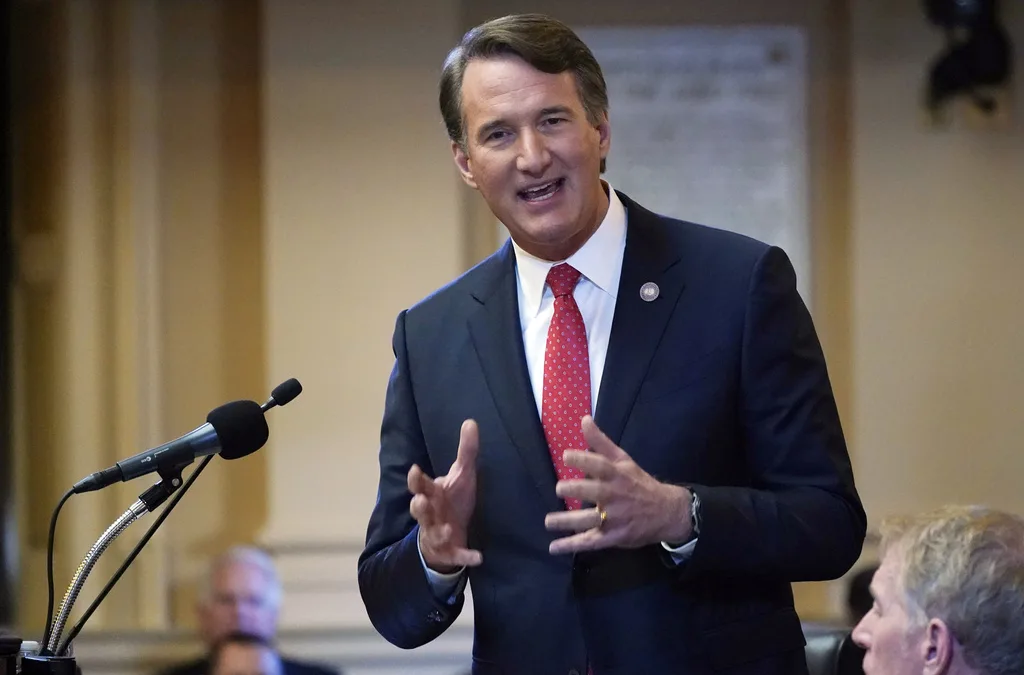
Positive test rate hits above 19%, more than double most of Virginia.
BLACKSBURG- Various regions of Virginia suffered surges in coronavirus infections over the course of the pandemic. But one area caused more problems than the rest. For the past four to six weeks, Southwest Virginia has had the highest incidence rate in the state, Virginia Secretary of Health and Human Service Dr. Daniel Carey told reporters during a Nov. 18 press conference.
Reporters raised the issue amid news that Ballad Health ordered more than 200 employees to isolate or quarantine due to COVID-19 exposure. Ballad Health serves a 21-county region throughout Southwest Virginia and northeast Tennessee. The positive rate of COVID-19 tests administered in the region increased to 19.3% over the past week. Fifty-five people have died in the last seven days.
Carey said he is in near-daily contact with the health system, including Chief Executive Officer Alan Levine. At the moment, the most urgent concern is not a lack of bed space or PPE supplies, but a lack of staff. Ballad is facing a shortage of frontline ICU nurses, respiratory therapists and emergency room nurses in particular.
Typically, when one part of the state or country faces an emergency, Carey explained, resources can be borrowed from another area. But coronavirus cases are spiking all over. Nowhere has nurses to spare.
Healthcare workers are stretched thin and exhausted.
“They’re tired. They’re fatigued. And they’re seeing people die,” Gov. Ralph Northam said during Wednesday’s press conference.
Wear a Mask
There’s no end in sight, as Southwest Virginia residents continue to ignore public health guidance to wear a face mask, stay physically distant from others and avoid gathering indoors. Slightly north of Ballad’s service territory, Dr. Noelle Bissell heads the New River Health District in Christiansburg. During her weekly video update last Friday, Bissell said contact tracing reveals the virus spreads primarily during small, indoor social gatherings and church services. Although regional schools and workplaces reported positive cases, those people were mostly infected elsewhere.
Bissell said Southwest Virginia saw a spike in cases after Halloween.
“As the number of COVID-19 patients increases, it strains the hospitals’ capacity,” Bissell warned. The region already has less hospital capacity than other areas of the state. But, she added, “We can choose not to accept a high impact in the New River Valley if we continue to follow guidelines.”
Northam shared a similar sentiment during his press conference. He described other regions of the country, where mobile morgues were parked outside of hospitals because they ran out of space to put the dead. Northam choked up slightly as he said, “We don’t need that to happen in Virginia.”
Scary Statistics
Southwest Virginia is recklessly hurtling toward such an outcome, though. The statistics speak for themselves. Ballad Health serves multiple health districts of the Virginia Department of Health. The Mt. Rogers Health District’s percent positivity rate has climbed throughout November and hit a peak of 16.1% on Nov. 12. The neighboring LENOWISCO district, also covered by Ballad, peaked at 18.9% positivity on Oct. 30. As of Nov. 15, the rate was still high at 15.6%.
Furthermore, it’s not only that more folks are getting sick—it’s that they’re sicker. In the New River Valley, Bissell said, the demographics of infected people are changing. There’s been “a shift to older individuals and those with more medical problems getting COVID-19,” she said, “And more are ending up in the hospital.”
According to the COVID Tracking Project, 20 states had their record number of hospitalizations on Nov. 17. Although Virginia wasn’t on the list, hospitalizations are rising here too. On Nov. 19, the state reported 1,569 hospitalized COVID-19 patients. Of those, 303 were in the ICU and 123 were on ventilators. According to the Virginia Hospital and Healthcare Association (VHHA), the seven-day average of hospitalizations in the state increased by 33% between Nov. 6 and 19. Twenty-seven percent of all respirators across the state are currently in use. Excluding surge beds, 75% of the state’s ICU beds are currently occupied.
Ballad Health releases a COVID-19 scorecard each day. Thursday’s report indicated that indicated it had 225 COVID-19 patients hospitalized, with 62 designated COVID-19 beds still available.
State Makes Back-Up Plans
At Wednesday’s press conference, Carey said public health officials across the state plan for the situation where Southwest Virginia hospitals exceed capacity.
“Are there times they’ll need to transport patients up I-81?” he asked. “That’s certainly something that we’re investigating…Logistically, that would be a last resort, moving patients out of their home regions,” he added.
VHHA Vice President for Communications Julian Walker emphasized again that the situation was, for now, hypothetical. Walker said Carey was describing the “worst case scenario.” He added, “It was forward-looking and hopefully won’t happen.” Walker pointed out that there is still sufficient hospital capacity in Virginia, in the aggregate.
However, he conceded that the situation is serious.
“Today’s total (hospitalized) is 1,569,” he said in an interview Thursday. “That’s higher than the second surge peak in July and August. The numbers as of today are higher than they were in the summer.” The current peak does not exceed the initial surge in May, he said.
Hospitals Stay in Contact
With respect to the gameplan for relocating patients if necessary, Walker explained that Virginia hospitals are in constant communication.
“There’s not a hard and fast rule” about where a patient who can’t access the care they need at one hospital will be sent. A lot of it depends on how their emergency medical situation manifests, Walker said. This is also true of coronavirus. If two people got COVID, he said, their bodies could react completely differently. Doctors send patients to the hospital with the capacity to best address specific medical needs.
Walker also said there are several steps regional hospitals might take to prevent overload, before shipping coronavirus patients out became necessary. For example, earlier this month Ballad Health made a decision to scale back its non-emergency procedures to free up capacity.
The number one strategy that could mitigate an emergency in the region, Walker said, is people adhering to public health guidelines. He said VHHA conducted multiple messaging campaigns to convince people to wear masks, get flu shots and follow other COVID-19 safety advice. “For some people, the message doesn’t seem to be penetrating,” Walker said. “And we’d hoped it would.”
Politics

Opinion: The problem with Youngkin’s Charter-Lab schools push in 2024
The Problem Governor Glenn Youngkin introduced 233 amendments to the bipartisan budget so it was hard to know how to assess his budget–for example,...

What to know about Trump’s legal issues
Over the past year, former president Donald Trump has become the center of not one, not two, not three, but four criminal investigations, at both...
Local News

Virginia verses: Celebrating 5 poetic icons for National Poetry Month
There’s no shortage of great writers when it comes to our commonwealth. From the haunting verses of Edgar Allan Poe, who found solace in Richmond's...

Join the fun: Recapping Family Literacy Night’s storybook adventures
When’s the last time you read a book aloud with a loved one? If it’s difficult to answer that question, then maybe it’s time to dust off that TBR...




